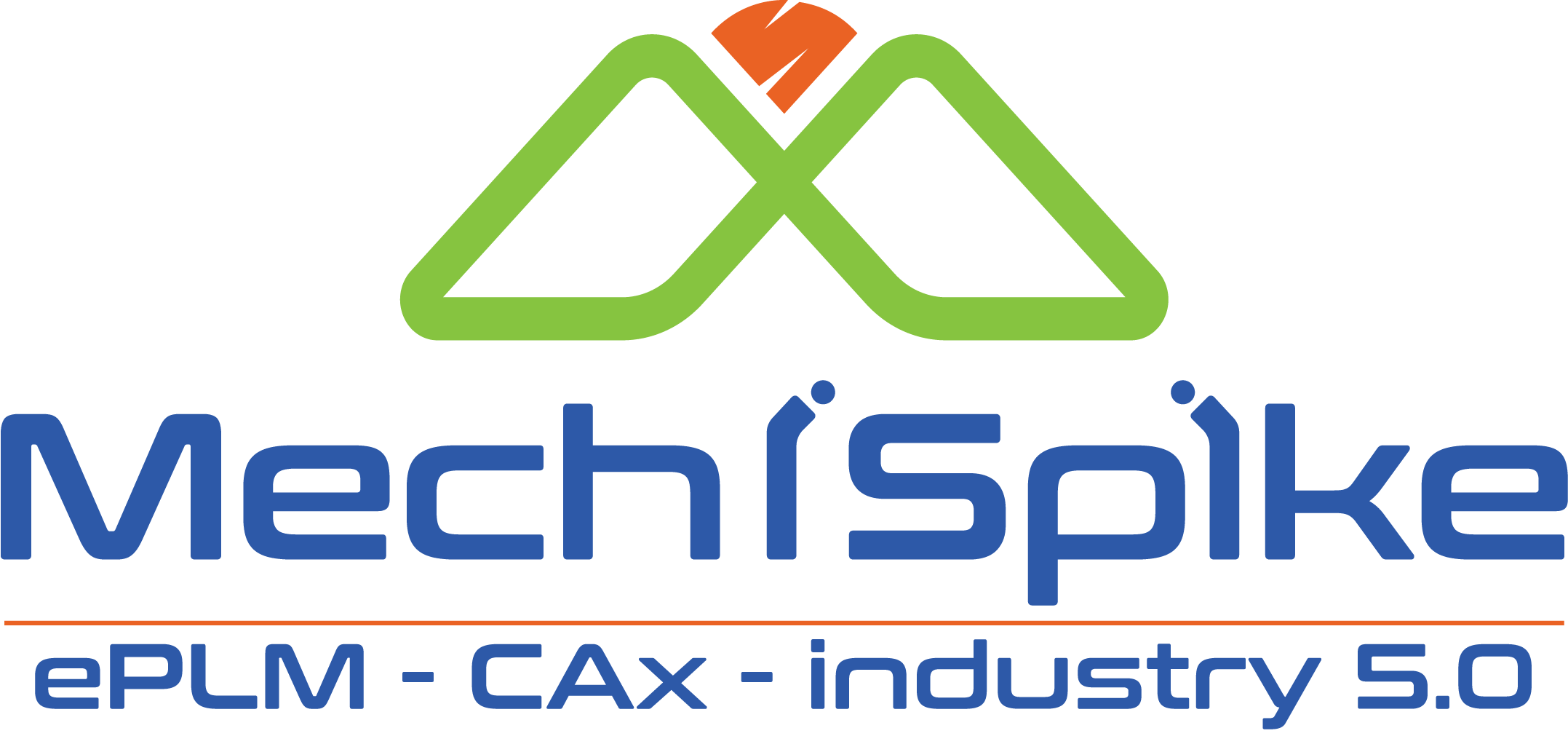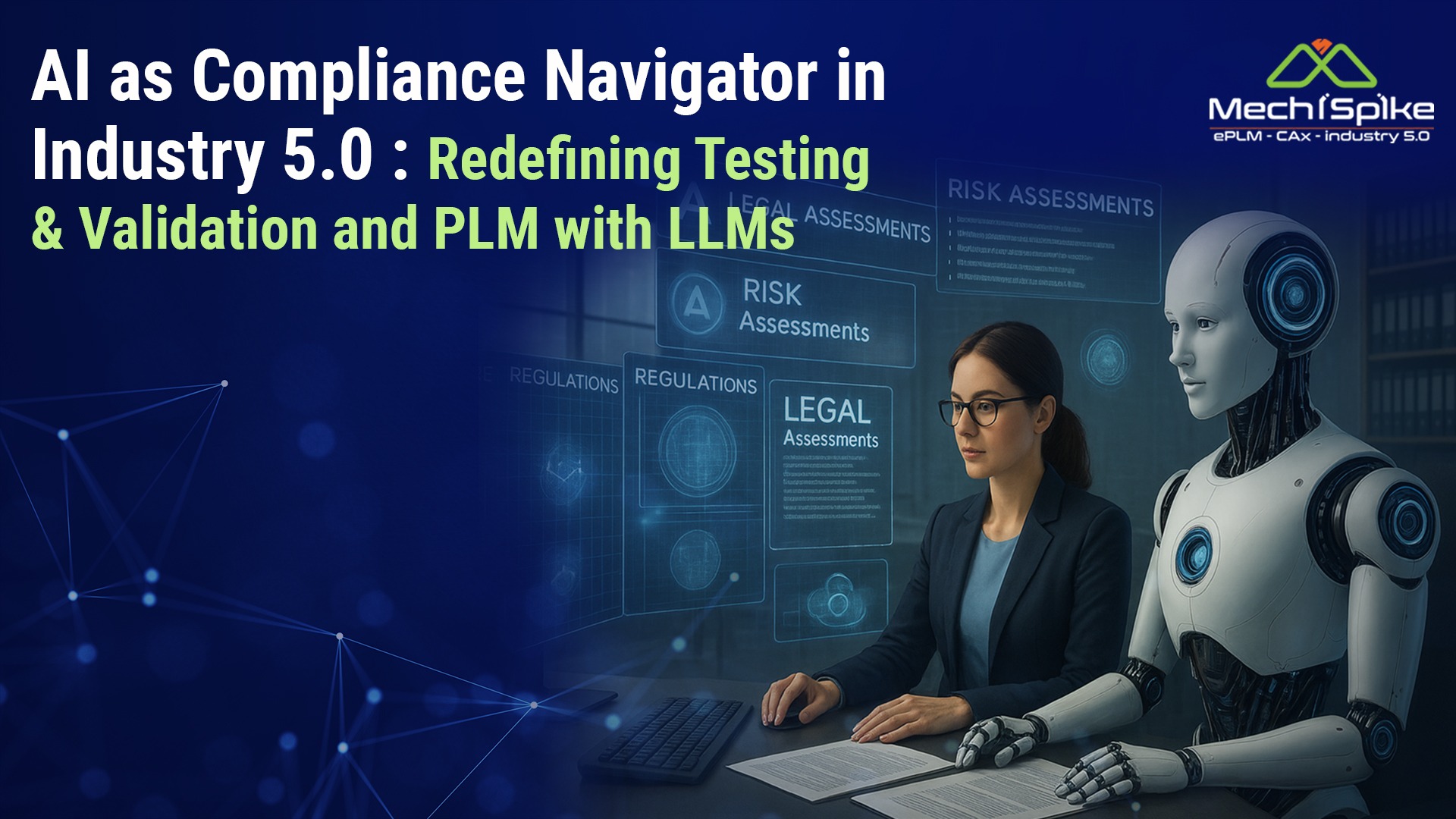
Unlocking Industry 5.0 with IIoT: Key steps for Manufacturers to Implement IIoT in Industry 5.0
In this article, let’s deep dive into IIoT – which can be called as the central nervous system of Industry 5.0.
Unlocking Industry 5.0 with IIoT: Key steps for Manufacturers to Implement IIoT in Industry 5.0
Introduction
As the world transitions from Industry 4.0 to Industry 5.0, a new wave of transformation is sweeping across the manufacturing sector—one where humans and machines work side by side in harmony.
At the heart of this shift lies the Industrial Internet of Things (IIoT)—an interconnected network of smart machines, sensors, and devices that generate, collect, and share real-time data to enable intelligent decision-making.
While Industry 4.0 focused heavily on automation and connectivity, Industry 5.0 aims to restore the human touch, augmenting human intelligence with AI-driven insights and decision support.
The role of IIoT becomes even more critical in this context, as it serves as the foundational layer feeding massive volumes of operational data into AI engines for advanced analytics, real-time monitoring, and proactive interventions.
This article explores how IIoT supports the evolution to Industry 5.0, its synergy with manufacturing robots and corresponding role in generating actionable data for AI systems and key steps for Manufacturers to Implement IIoT in Industry 5.0
What is IIoT?
The Industrial Internet of Things (IIoT) refers to a system of interconnected industrial devices that use sensors, actuators, and communication technologies to collect, share, and analyze data across manufacturing and industrial environments.
Unlike consumer IoT—which powers smart homes and wearable tech—IIoT is built for scale, reliability, and industrial-grade performance.
It enables real-time monitoring of machine performance, predictive maintenance, energy efficiency tracking, production optimization, and safety management.
In Industry 5.0, IIoT does not merely connect machines; it becomes a data backbone for intelligent collaboration between human workers, robots, and AI systems.
Modern Factories will emit continuous stream of Raw Data
In modern factories, robots are no longer just mechanical arms on an assembly line. They are intelligent, connected entities capable of sensing their environment, adapting to changes, and collaborating with human workers.
These collaborative robots (cobots), along with traditional industrial robots, emit a continuous stream of data.
For Example : :
- Torque and speed values
- Temperature and vibration metrics
- Real-time location and spatial orientation
- Error logs and operational status
- Cycle time, efficiency, and productivity metrics
All of this data is captured via IIoT sensors and pushed into edge devices or cloud-based systems. AI algorithms, fueled by this rich data pool, can then analyze trends, identify anomalies, and deliver actionable insights in real time.
For example, a robotic arm detecting excessive heat in its motor can alert maintenance teams before a breakdown occurs. Similarly, AI models can learn optimal robot speeds for various tasks and auto-adjust operations for energy savings or quality improvement.
From Raw Data to Real-Time Decisions
The value of IIoT in Industry 5.0 lies in turning data into insights—and insights into decisions. AI and machine learning systems can process terabytes of structured and unstructured data collected from machines, robots, and human-machine interfaces (HMIs).
Here’s how the process typically unfolds:
- Data Collection: IIoT sensors embedded in machines collect data continuously.
- Data Aggregation: Data is transmitted to a central platform (cloud or edge computing).
- AI Processing: Machine learning algorithms analyze patterns, detect anomalies, and generate predictions.
- Real-Time Insights: Dashboards, alerts, or augmented reality interfaces share these insights with human operators.
- Human Decision-Making: Workers use AI-powered recommendations to make informed decisions, whether it’s rerouting production, modifying parameters, or initiating maintenance.
This human-in-the-loop model is the essence of Industry 5.0—where humans make final decisions but are empowered by machine-generated intelligence.
Key Steps for Manufacturers to Implement IIoT in Industry 5.0
Adopting IIoT in the context of Industry 5.0 is not a plug-and-play process. It requires a strategic approach, digital maturity, and cultural readiness.
Here’s are the Key Steps for Manufacturers to Implement IIoT in Industry 5.0 :
1. Assess Current Infrastructure
- Audit existing equipment, control systems, and data sources.
- Identify which machines can be retrofitted with IIoT sensors.
- Ensure basic network and cybersecurity hygiene is in place.
2. Start Small with Pilot Projects
- Choose a focused use case (e.g., predictive maintenance).
- Deploy IIoT sensors and AI analytics for that specific process.
- Measure ROI, scalability, and cultural acceptance.
3. Invest in Scalable Architecture
- Adopt edge computing for real-time data processing close to the machines.
- Use cloud platforms for centralized analytics and dashboards.
- Ensure systems are interoperable using open protocols like MQTT, OPC-UA, etc.
4. Integrate AI and Human Interfaces
- Deploy AI-powered decision support systems that assist humans.
- Use augmented reality (AR) and digital twins to visualize data in intuitive formats.
5. Focus on Cybersecurity and Data Governance
- Secure every node in the IIoT network.
- Define data ownership, access rights, and compliance policies (GDPR, ISO 27001).
6. Scale with Standardization and Best Practices
- Create a standard IIoT framework that can be replicated across multiple lines or plants.
- Develop KPIs for continuous monitoring and improvement.
Essential IIoT Skills for the Industry 5.0 Workforce
To implement and sustain an IIoT-enabled Industry 5.0 environment, manufacturers need to upskill their workforce across several technical and soft skill areas:
1. IIoT System Integration
- Understanding protocols, sensors, gateways, and middleware.
- Knowledge of industrial automation systems (PLC, SCADA, DCS).
2. Data Science and AI
- Ability to build and interpret machine learning models.
- Skills in anomaly detection, time-series forecasting, and root-cause analysis.
3. Edge and Cloud Computing
- Proficiency in managing hybrid data environments.
- Familiarity with platforms like AWS IoT, Azure IoT Hub, or Siemens MindSphere.
4. Cybersecurity
- Implementing secure-by-design principles.
- Managing risks specific to operational technology (OT) networks.
5. Human-Machine Interaction (HMI)
- Designing intuitive interfaces for technicians and operators.
- Using AR/VR for immersive training and data visualization.
6. Change Management and Collaboration
- Bridging the gap between IT and OT teams.
- Leading cross-functional projects with agility and empathy.
Conclusion
As Industry 5.0 ushers in an era where human creativity and machine intelligence converge, IIoT stands as the central nervous system of this new industrial paradigm.
By enabling real-time data flow from robots, machines, and systems, IIoT empowers AI to generate actionable insights, helping human operators make faster, better, and safer decisions.
Manufacturers that embrace this shift by investing in infrastructure, skills, and cultural readiness will not only increase operational efficiency but also build resilient, sustainable, and human-centric manufacturing ecosystems.
In the end, Industry 5.0 is not just about smarter factories—but about empowering smarter humans with smarter tools. IIoT is the bridge that makes this possible.
MechiSpike can be of great help to your organization to consult you on anything and everything related to PLM, Engineering and IT Digital. Click here to know more about us.
For Corporates :
MechiSpike can be of great help to your organization to help you improve your PLM ROI and 30% Savings, be it the hiring cost in staffing or setting up an ODC.
We do this with efficient planning, organizing and controlling Product Master data with seamless data exchange among Engineering, Manufacturing and Enterprise systems.
Why MechiSpike :
Niche Expertise in Engineering & IT
Our Speed of Hiring, Cost Optimized Solutions and Global Presence.
RightSourcing is ‘Better Outsourcing’, given to ‘NICHE EXPERTS’.

Click here to know how we can actually help you with our Proven Methodologies.
For PLM Careers :
Learn More | Earn More | Grow More
Interactive UI : Every Application will get a response with a recruiter contact details and the applicant will get a notification at each phase until the applicant is positioned well with our 15+ global clients in India, USA & Germany.
Candidate Referral Program : Refer a candidate and earn INR 25,000.
Mechispike Solutions Pvt Ltd is a PLM focused company, having all kinds of PLM projects to enable employee career growth and add value to clients. We can position you better with our 15+ global clients in India, USA & Germany.
We believe in “Grow Together” and “Employee First” culture.
Dream more than a Job. Grow your PLM Career to the Fullest with MechiSpike
Click Here to explore our Job Openings.
Subscribe Now :
Our mission : To equip you with the knowledge and tools you need to drive value, streamline operations, and maximize return on investment from your PLM initiatives.
PLM ROI Newsletter will guide you through a comprehensive roadmap to help you unlock the full potential of your PLM investment.
We are committed to be your trusted source of knowledge and support throughout your PLM journey. Our team of experts and thought leaders will bring you actionable insights, best practices, case studies, and the latest trends in PLM.
Subscribe Now to get this weekly series delivered into your Inbox directly, as and when we publish it.
To your PLM success!
Warm regards,
Visit Us: www.mechispike.com
If you want to Grow your PLM Career to the Fullest, Click Here to explore our Job Openings.
For PLM Services : Click Here to Schedule a Call with us.
___


